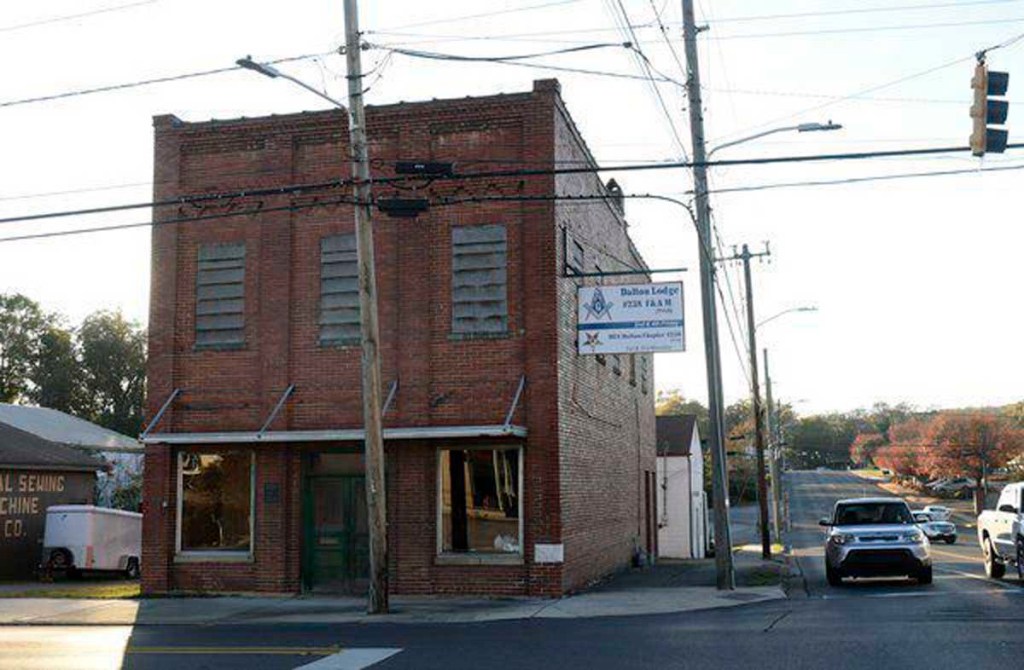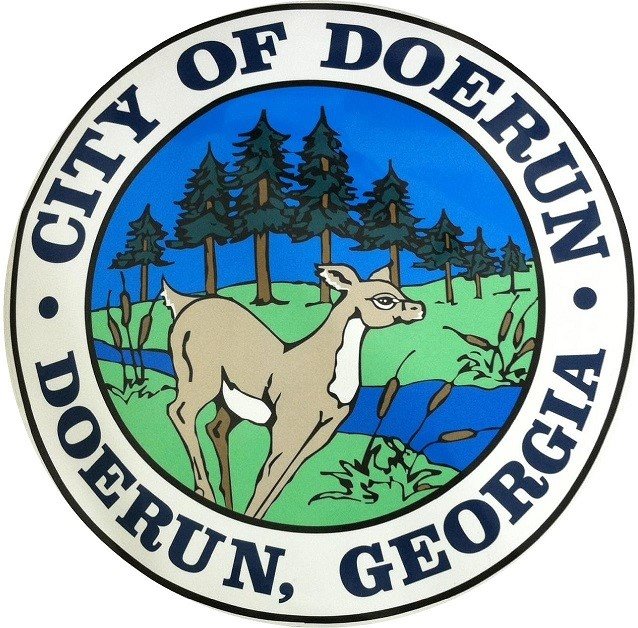Dalton Masonic Lodge placed on ‘Places in Peril’ list
Published 7:30 am Thursday, November 14, 2019

- Matt Hamilton/Daily Citizen-NewsThe Masonic Lodge 238, at 600 S. Hamilton St. in Dalton, has been placed on this year's "Places in Peril" list by the Georgia Trust for Historic Preservation, an Atlanta-based nonprofit.
DALTON, Ga. — Typically, being listed as “in peril” wouldn’t be good news.
But local historic preservationists are welcoming news that Masonic Lodge 238, at 600 S. Hamilton St. in Dalton, has been placed on this year’s “Places in Peril” list by the Georgia Trust for Historic Preservation, an Atlanta-based nonprofit.
“If you are doing a grant application (for restoration) and you include in the grant application that the Georgia Trust has listed it as in peril, that may help you get the grant,” said Kevin McAuliff, a senior planner at the Northwest Georgia Regional Commission and a member of the Dalton Historic Preservation Commission.
“It shows that it has been recognized, not just as in peril but as having historical significance,” he said. “That and being on the National Register of Historic Places and two important recognitions.”
Dalton Masonic Lodge 238 placed on ‘Places in Peril’ list
The 104-year-old building was placed on the National Register in 1996.
The two-story building is at the corner of Hamilton and Emery streets, across the road from the Emery Street Center, an African American heritage and multicultural center. The Emery Street Center was formerly Emery Street School, which served black students in Dalton from 1937-1968 before Dalton Public Schools were integrated in 1968.
According to the Georgia Trust for Historic Preservation: “Masonic Lodge No. 238 stands at what was once a thriving commercial intersection at the heart of Dalton’s African American community. Featuring distinctive details, the lodge, built in 1915, offered commercial space on the ground floor while the second floor served as the Masonic meeting hall for African American members. The lodge formed a vital part of the fabric of a small but vibrant community that included a doctor’s office, a beauty shop, a funeral parlor and school.”
In 1987, the Dalton City Council had a plaque placed on the front of the building that reads: “The 600 block of McCamy Street, now South Hamilton Street, was the center of black business from the 1900s to the 1950s and is therefore dedicated to those black pioneers on this 19th day of October 1987.”
Due to neglect, the building has fallen into disrepair. Kathryn Sellers, a member of the Historic Preservation Commission who spearheaded the drive to get the building listed by the Georgia Trust, said it has been unoccupied for about 20 years.
“The building has deteriorated significantly in recent years, leading to a loss of much of the interior,” according to the organization. “Stabilization of the structure is urgent to enable its potential rehabilitation. With recent growth in downtown Dalton, including a museum in the former school across the street, there is hope and support throughout the city for saving the lodge.”
Photographs of the building’s interior the Georgia Trust for Historic Preservation show just much it has deteriorated. The second floor has partially caved in, and there is wood strewn throughout the first floor. A door and several windows have been boarded up.
There are nine other sites on this year’s “Places in Peril” list, including Fountain Hall in Atlanta and Central State Hospital in Milledgeville. The list “seeks to identify and preserve historic sites threatened by demolition, neglect, lack of maintenance, inappropriate development or insensitive public policy,” according to the Georgia Trust for Historic Preservation.
“The list raises awareness about Georgia’s significant historic, archaeological and cultural resources, including buildings, structures, districts, archaeological sites and cultural landscapes,” according to the organization. “Through this program, the Trust encourages owners and individuals, organizations and communities to employ preservation tools, partnerships and resources necessary to preserve and utilize selected historic properties in peril.”





